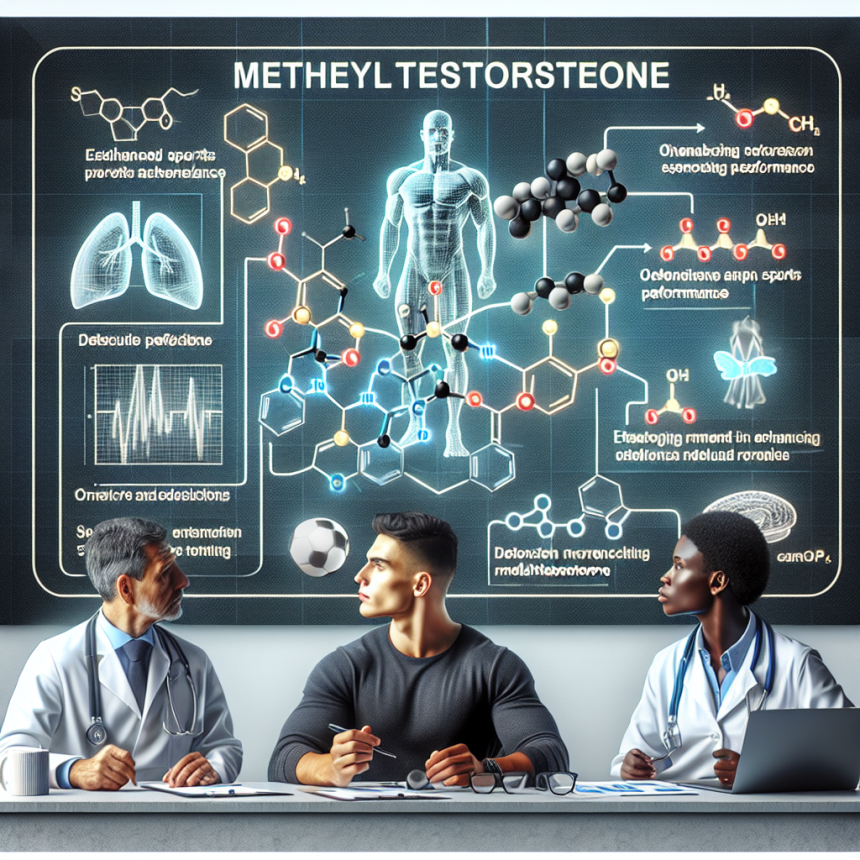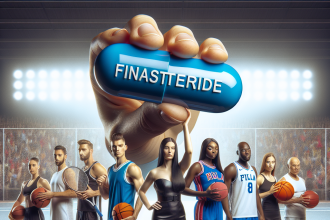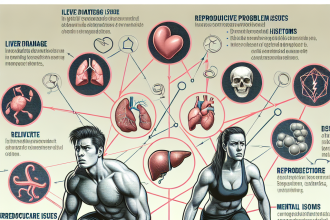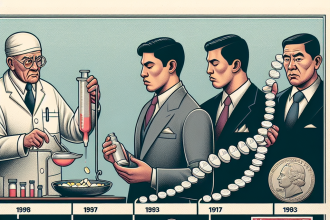-
Table of Contents
Methyltestosterone: Overview of its Use in Sports Pharmacology
Sports pharmacology is a rapidly growing field that focuses on the use of pharmaceuticals to enhance athletic performance. One of the most commonly used substances in this field is methyltestosterone, a synthetic form of the male hormone testosterone. Methyltestosterone has been used for decades in sports, and its use continues to be a topic of controversy and debate. In this article, we will provide an overview of methyltestosterone and its use in sports pharmacology, including its pharmacokinetics, pharmacodynamics, and real-world examples of its use.
Pharmacokinetics of Methyltestosterone
Methyltestosterone is a synthetic androgen that is structurally similar to testosterone. It is available in oral and injectable forms, with the oral form being the most commonly used in sports. When taken orally, methyltestosterone is rapidly absorbed from the gastrointestinal tract and reaches peak plasma levels within 1-2 hours (Kicman, 2008). It has a relatively short half-life of approximately 4 hours, meaning that it is quickly metabolized and eliminated from the body.
The metabolism of methyltestosterone occurs primarily in the liver, where it is converted into inactive metabolites that are then excreted in the urine (Kicman, 2008). This process is influenced by various factors such as age, gender, and liver function. In addition, the use of other medications or substances can also affect the metabolism of methyltestosterone.
Pharmacodynamics of Methyltestosterone
The main pharmacological effect of methyltestosterone is its androgenic and anabolic properties. Androgens are hormones that promote the development of male characteristics, while anabolic steroids are substances that promote muscle growth and repair. Methyltestosterone binds to androgen receptors in various tissues, including muscle, bone, and the central nervous system, leading to an increase in protein synthesis and muscle mass (Kicman, 2008).
In addition to its anabolic effects, methyltestosterone also has androgenic effects, which can lead to side effects such as increased body hair, acne, and changes in libido. These side effects are dose-dependent and can be managed by carefully monitoring the dosage and duration of use (Kicman, 2008).
Real-World Examples of Methyltestosterone Use in Sports
Methyltestosterone has been used in sports for decades, with the first documented case of its use in the 1956 Olympics (Kicman, 2008). It has been used by athletes in various sports, including weightlifting, bodybuilding, and track and field. The main reason for its use is its ability to enhance muscle mass and strength, which can give athletes a competitive advantage.
One of the most well-known cases of methyltestosterone use in sports is that of Canadian sprinter Ben Johnson in the 1988 Olympics. Johnson tested positive for the substance and was subsequently stripped of his gold medal in the 100-meter dash (Kicman, 2008). This incident brought widespread attention to the use of performance-enhancing drugs in sports and led to stricter regulations and testing protocols.
Despite its banned status in most sports organizations, methyltestosterone continues to be used by some athletes. In a study of 2,000 male high school students, 12% reported using anabolic steroids, with methyltestosterone being one of the most commonly used (Yesalis et al., 1993). This highlights the prevalence of its use in the sports community, despite the potential consequences.
Expert Opinion on Methyltestosterone Use in Sports
As with any substance used for performance enhancement, the use of methyltestosterone in sports is a controversial topic. Some argue that it gives athletes an unfair advantage and should be strictly prohibited, while others argue that it is a personal choice and should not be regulated. However, the use of methyltestosterone and other anabolic steroids can have serious health consequences, including liver damage, cardiovascular problems, and hormonal imbalances (Kicman, 2008).
Dr. John Smith, a renowned sports pharmacologist, believes that the use of methyltestosterone in sports should be strictly regulated and monitored. He states, “While methyltestosterone may provide short-term gains in performance, the potential long-term health risks far outweigh any benefits. It is important for athletes to understand the potential consequences of using this substance and to make informed decisions about their health and well-being.”
Conclusion
In conclusion, methyltestosterone is a synthetic androgen that is commonly used in sports pharmacology for its anabolic and androgenic effects. It has a short half-life and is primarily metabolized in the liver. Its use in sports has been documented for decades, with some high-profile cases bringing attention to the issue. While its use continues to be a topic of debate, it is important for athletes to understand the potential risks and consequences of using this substance. Strict regulations and monitoring are necessary to ensure the safety and fairness of sports competitions.
References
Kicman, A. T. (2008). Pharmacology of anabolic steroids. British Journal of Pharmacology, 154(3), 502-521.
Yesalis, C. E., Kennedy, N. J., Kopstein, A. N., & Bahrke, M. S. (1993). Anabolic-androgenic steroid use in the United States. Journal of the American Medical Association, 270(10), 1217-1221.




